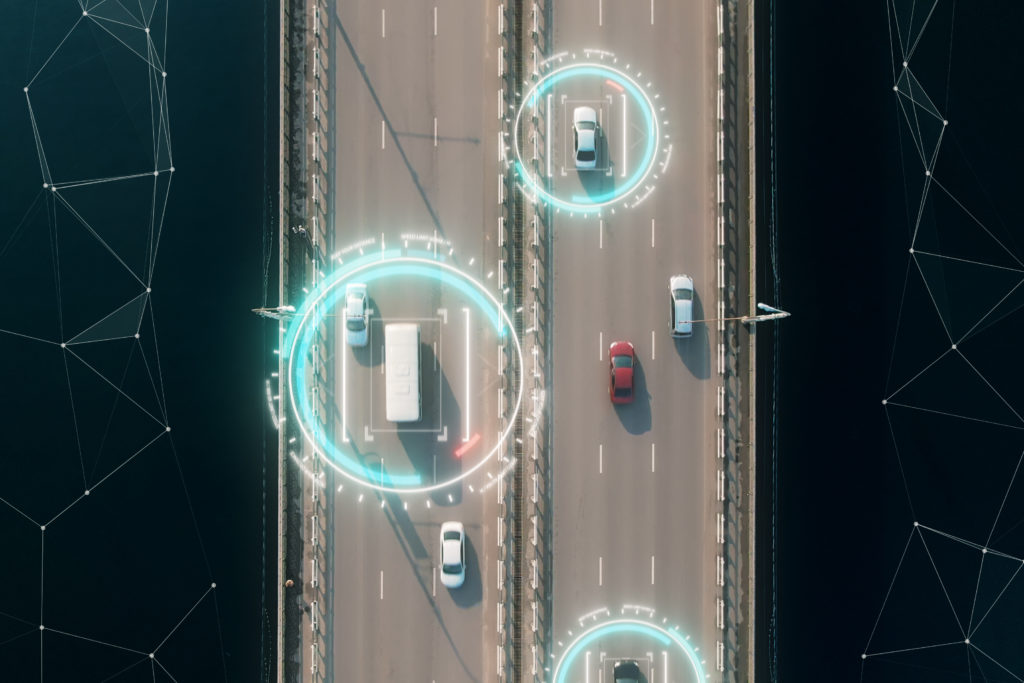A new report has been released by the Federal Motor Carrier Safety Administration’s medical review board regarding potentially stricter federal standards for commercial driver vision-related qualifications. However, these plans include methods of helping monocular drivers become qualified for vehicle operation much more quickly and easily.
FMCSA published a new proposed rule early this year amending regulations regarding drivers either not meeting field of vision standards, not meeting distant visual acuity standards, or both, in at least one eye. The amendment stated that these drivers could still be physically qualified to drive a commercial truck within interstate commerce.
For truckers not meeting either of these standards, FMCSA has decided to review potential qualification exemptions on a case-by-case basis.
“It is well-recognized in the literature that individuals with vision loss in one eye can and do develop compensatory viewing behavior to mitigate the vision loss,” said the agency at the time of the amendment.
A proposed plan to bring an end to the exemption process has now been approved by FMCSA’s review board; the potential alternative vision standard would bring about a process consisting of two steps to determine physical qualification and to eliminate a decades-long rule requiring monocular drivers to apply for exemption. Seeking this exemption can take months, and can result in drivers being kept off the road for that entire period of time.
Now, the process would require optometrist or ophthalmologist vision evaluations to be submitted along with their specific medical opinions and findings regarding a driver’s vision evaluation report form. Then, an examiner can offer a Medical Examiner’s Certificate to the driver who has been found to meet physical qualifications–a certificate that would be valid for up to one year.
“FMCSA estimates that the proposed rule would reduce barriers to entry for current and future commercial motor vehicle drivers,” said the agency in its initial announcement. “The 2,566 drivers holding vision exemptions would no longer have to apply for an exemption, and potential driver applicants who do not have three years of intrastate driving experience may meet the alternative vision standard and be able to operate a CMV in interstate commerce.”
The agency made a similar move in 2019 when it decided to eliminate the mandate requiring that diabetic drivers dependent on insulin would need to wait up to six months for a physical qualification exemption, and the changes brought about by the amended certification process for drivers with this kind of diabetes has been successful thus far.
Currently, a truck driver must have at least one eye with a distant visual acuity of at least 20/40 as well as an overall 70-degree field of vision, in addition to the ability to properly recognize all traffic signal and device colors. FMCSA’s medical review board has. suggested that this field of vision requirement be updated to instead require a 120-degree vision field, and that a driver should be allowed enough time to be able to adequately make up for or adapt to any reasonable vision deficiency.
As of now, there is not yet enough data to implement a particular waiting period for a driver with any given deficiency in his or her vision, according to the review board.
“We remind readers that the data is either absent or conflicting regarding the safety of monocular drivers,” said FMCSA in response to claims that monocular drivers have not shown any serious issues in regards to their capabilities to operate commercial motor vehicles. “With such a small percentage of drivers having monocular vision, this data will continue to be difficult to obtain in a statistically significant manner.”
The board also stated that whether or not a driver has been able to adequately compensate for a vision change or deficiency in a manner allowing him or her to then meet requirements should be up to an optometrist or an ophthalmologist to decide. The vision evaluation form should also not request severe non-proliferative diabetic retinopathy- or proliferative diabetic retinopathy-related information, as these are to be evaluated only under diabetes standards for insulin-treated drivers.





